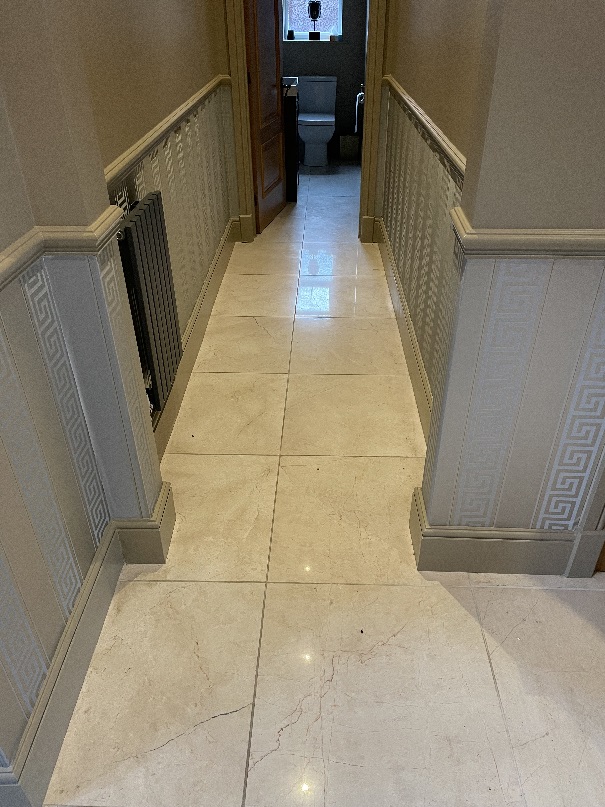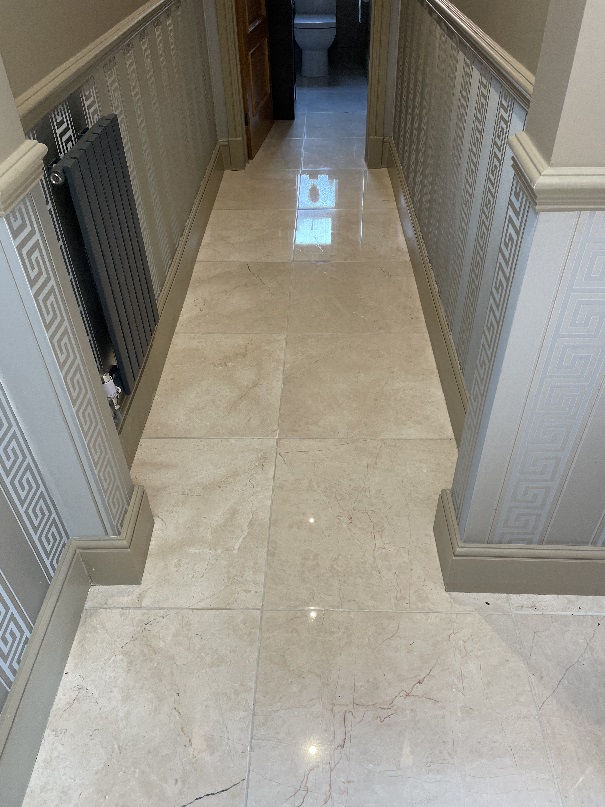Using floor sealant on a tile floor can present you with several benefits. Although tile is a very hard floor, it is porous. The grout surrounding the tile is also very porous and can stain easily. Therefore, sealing it all up properly will help you avoid any problems with staining in the future. It will keep your tile look new longer and be easier to clean. Here are the basics of how to seal your tile floor properly.
What You'll Need:
- Tape measure
- Broom
- Dust pan
- Mop
- Bucket
- Fans
Step 1 - Determine How Much To Buy
Tile sealant comes in a variety of different sizes. Depending on how big your tile area is, you will need a certain amount of sealant to get the job done. Therefore, you should take your tape measure and get the dimensions of the room first. This will tell you how many square feet you have and help you determine how big of a container to buy.
Step 2 - Buy the Proper Sealant
There are many different kinds of tile out there and as a result, there are different types of sealer. They make grout sealer, ceramic sealer, natural stone sealer, and others. Therefore, you will want to make sure that you buy the proper sealant for the job. If you are unsure, consult someone at a local tile store before you make a purchase. They should be able to direct you to the proper type of sealant for your tile.
Step 3 - Clean the Floor
Before you seal the floor, you should thoroughly clean the tile floor. If there is any dirt or debris on the floor when it is sealed, it will remain under the sealer and look permanently dirty. You will not be able to clean it without stripping off the sealer. You should start out by taking a dustpan and broom and removing the dirt. Any loose dust that is floating around will be removed in this manner. Then you can mop the floor in your usual manner. Allow the water on the floor to dry sufficiently before moving forward.
Step 4 - Apply the Sealant
Applying the sealant to the tile is a very simple process. If you bought a large amount of sealant, you should be able to dump it into a bucket and then mop it onto the floor. Stick your mop into the bucket and allow it to soak up the sealant. Then mop the floor with the sealant until the entire floor is wet with it. Make sure that you distribute the sealant evenly over the surface of the tile.
Step 5 - Allow it to Dry
Once the sealant has been applied to the tile, you need to allow it to dry before anyone steps on it. Set up some fans to blow over the tile and it will help speed up the drying process.
Step 6 - Apply Again
After the first coat is dry, you are free to apply a second coat to the floor. If the tile and grout soaked up the first coat, you might need a second coat to make sure that everything is sealed up.





